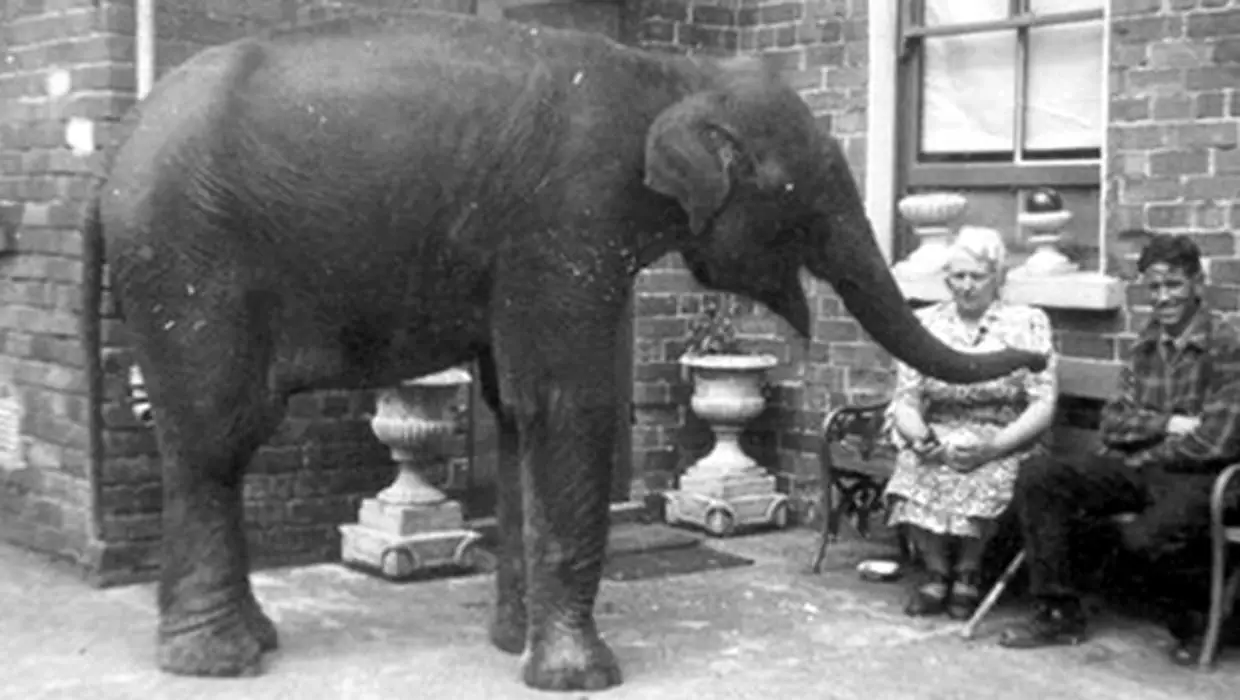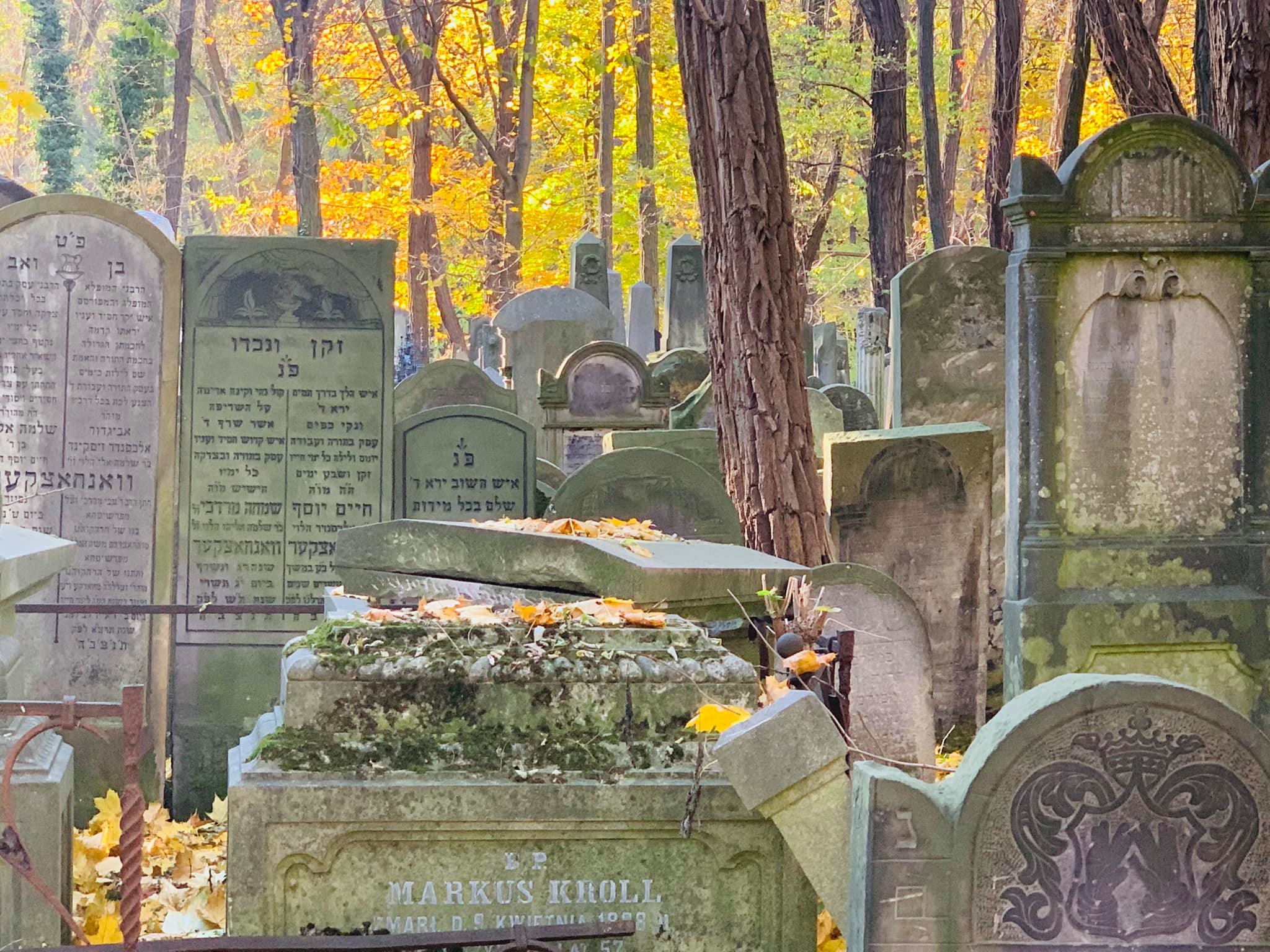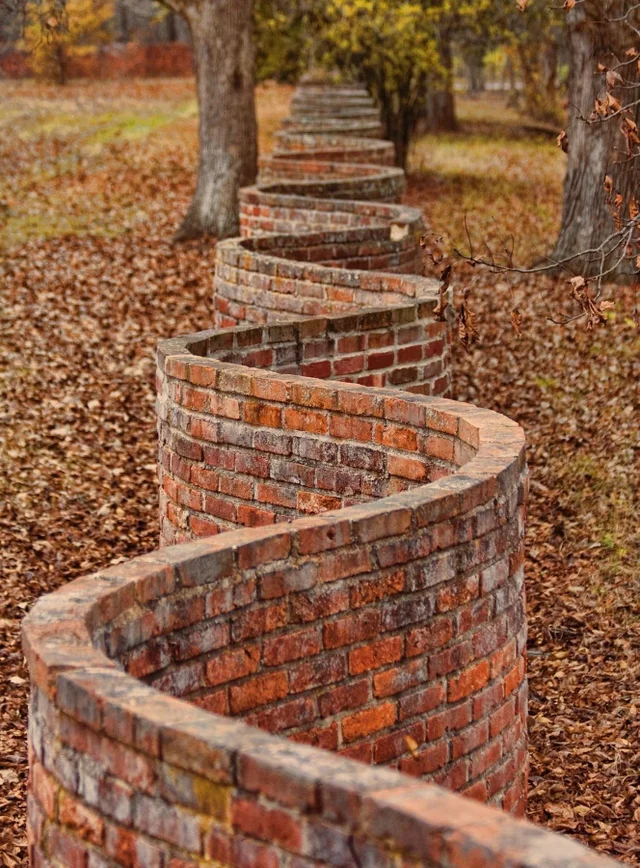All deserts are roasting hot, but only one has been crowned “The Door To Hell.” And the nickname has nothing to do with daily temperatures; rather, a spot in central Turkmenistan has been given that moniker for very man-made reasons: an attempt to quell a blowout of natural gas.
Contents
Now, the Darvasa Gas Crater draws tourists from around the world, who no doubt want to take selfies with background flames for their Instagram accounts.
It all began in 1971, when the country was still part of the Soviet Union. The story goes that geologists and scientists trekked into the Karakum Desert on the hunt for oil deposits. (It’s impossible to confirm the story because there are no verifiable records of how and why the project began, but this is the crater’s accepted origins.)
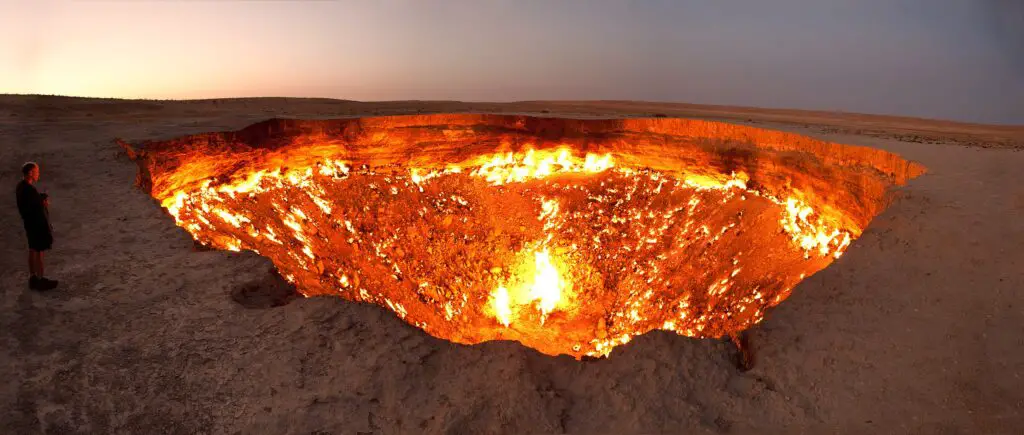
Oil Rig Collapse
They found what they thought was a rich lode of oil and began drilling. Unfortunately for the wildlife in the region, when they began drilling, they hit natural gas instead.
The ground underneath the drilling rig gave way and collapsed, all of the machinery along with the rig plummeted down into the cavern.
As methane is the primary component of natural gas, it seeped into a wide area, killing most of the desert’s animals, although no humans were effected.
Flaring
Nonetheless, the crews wanted to find a way to stop the gas, and decided to undertake a process known as “flaring.” Flaring refers to the lighting of gas on fire, in the assumption that it will burn off and be rendered harmless. This is a common practice in gas and oil fields and the excess gas is usually burnt off in a matter of days.
But because they didn’t know just how much methane they were dealing with, the crews wound up setting on fire a deep pit that has never stopped burning. Hence, the massive crater in the desert became known as the Door To Hell or, in some cases, the Gates of Hell. Both are fitting nicknames.
What they didn’t know at the time is that Turkmenistan gas reserves are the worlds 4th largest known gas fields in the world. And by its very nature, its economy is based on natural gas exports.
Accident
While a group of men created the crater by accident, another man, George Kourounis, a Canadian adventurer and former TV host, very intentionally wanted to visit the site and attempt climbing down into the pit.
His trip in 2013 was partly funded by National Geographic Society, and the events were filmed for a documentary and videos for educational purposes. He also shot an episode of the National Geographic program “Die Trying” about the crater, which aired in July, 2014. (Access articles and videos about his excursion at the following link: Nationalgeographic.org
Kourounis said at the time that just getting into Turkmenistan was perhaps more challenging than the actual climb down into the pit, because bureaucrats around the world share one, ineffable trait: they throw up roadblocks to anyone wanting to explore their country’s oddities.
Baked Potato
However, Kourounis did finally get in, and lived to tell the tale of climbing down into the crater, saying he felt rather like “a baked potato” in his aluminum foil fire retardant suit.
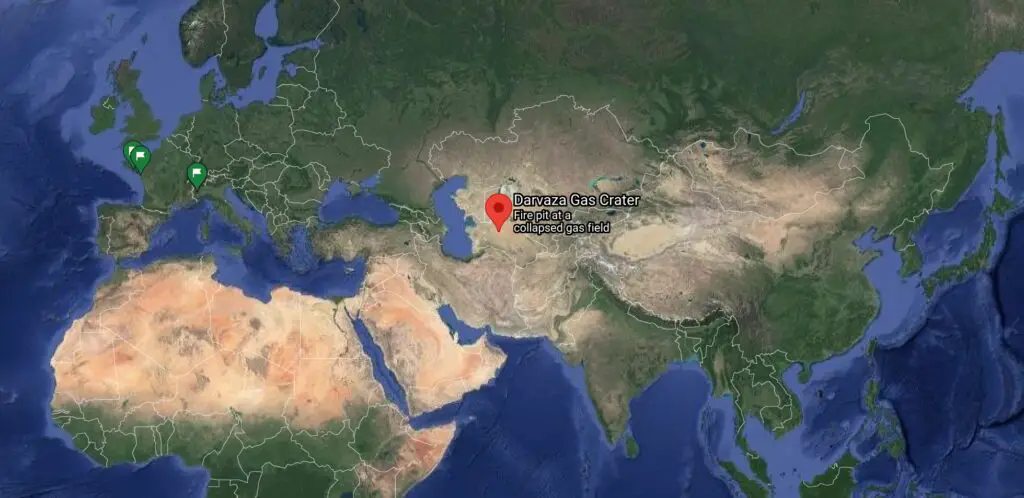
Tourists
Today, the government of Turkmenistan has decided that the Darvasa Gas Crater might just be a one-of-a-kind lure to tourists, and is promoting desert camping, hiking and other activities near the pit, saying it is safe and an amazing sight for anyone who likes a little adventure on their vacation.
Still, the crater is not to be trifled with. It is very large, at its widest point, 230 feet (70 meters) wide and at least 65 feet (20 meters) deep. Flames are clearly visible from many miles away, and it gives off extreme heat, making the heat of the desert even hotter still.
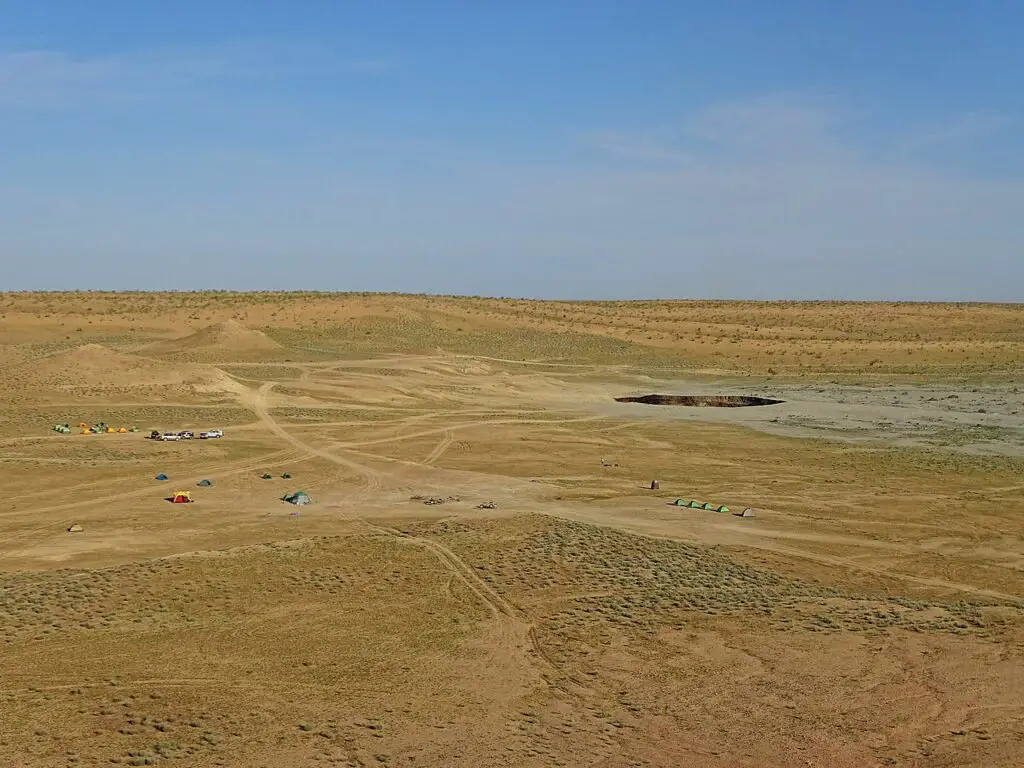
Door to Hell to Close
Whether the crater will prove to be a draw for curious tourists who want to pose at the so-called Door of Hell and post pictures to their social media accounts remains to be seen.
But it’s certainly a unique tourist draw, and offers folks the chance to say they really did go to the Gates of Hell and back on their last vacation. It may prove irresistible to the photo-mad younger generation, if not boomers.
That is all about to come to an end. Turkmenistan’s president, President Gurbanguly Berdymukhamedov took to state TV and encouraged all officials to “find a solution to extinguish the fire”, for he fears for the health and well being of people living near the burning crater, and pointed out the loss of commercial opportunities
Another Article From Us: Roman Stadium Buried for 2000 Years
If you like this article, then please follow us on Facebook and Instagram
Berdymukhamedov added:
“We are losing valuable natural resources for which we could get significant profits and use them for improving the well-being of our people,”
The government is exploring was to extinguish the flames and cap the crater.


